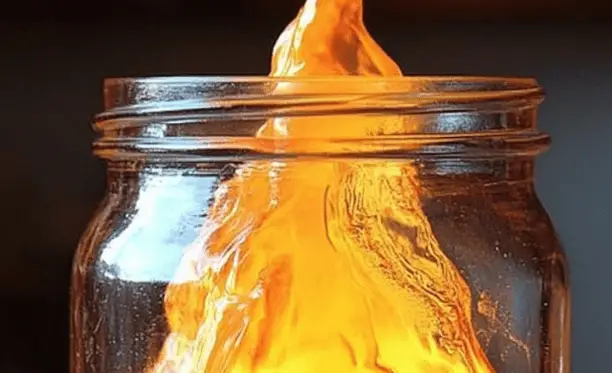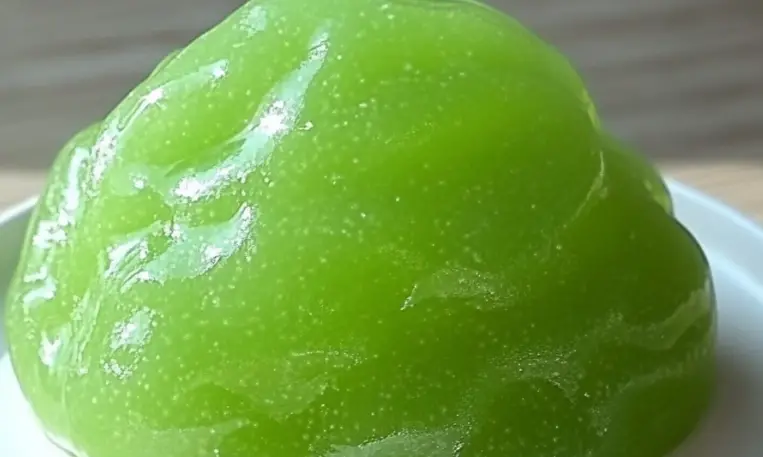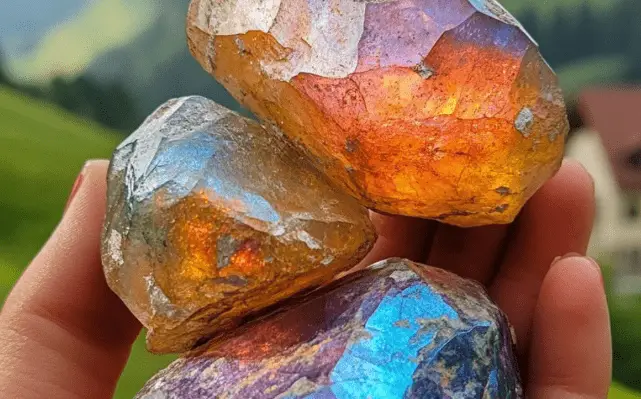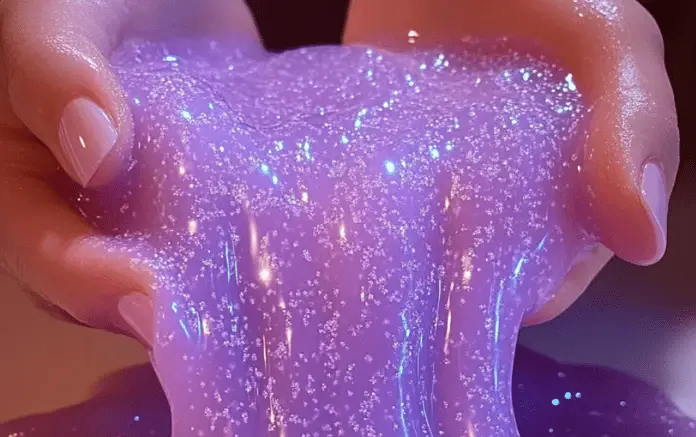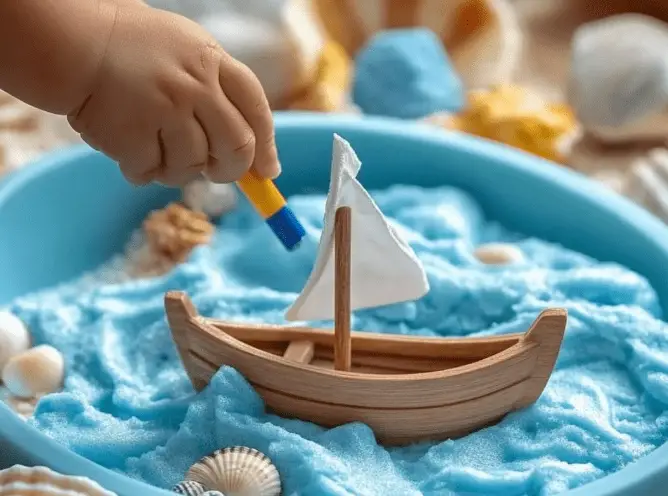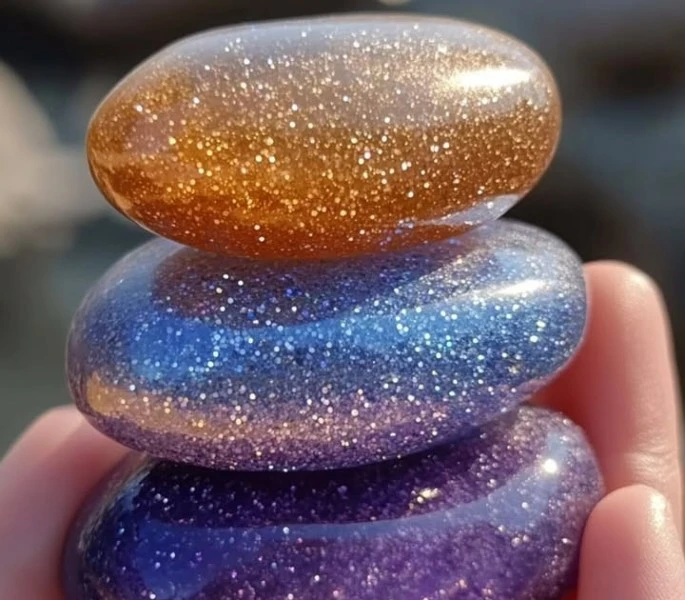Mini Volcano Science Experiment: A Fun DIY Eruption for Kids
Looking for a simple yet exciting science activity that kids will love? The Mini Volcano Science Experiment is the perfect blend of fun, learning, and hands-on action. Using common household ingredients, this easy experiment creates a fizzing eruption that resembles a real volcanic blast—minus the lava. It’s a great way to teach basic chemistry concepts while sparking creativity and curiosity.
Ideal for young learners, classrooms, homeschool science units, or weekend kitchen experiments, this project introduces children to the science of reactions in a visually engaging way. Whether used as a sensory play element, a STEM lesson, or just a fun activity for a rainy afternoon, the mini volcano is guaranteed to be a hit.
Table of Contents
Ingredients
To make your own mini volcano, you’ll need the following ingredients and supplies:
- 1 small jar or clear plastic bottle
- 2 tablespoons baking soda
- 1/4 cup vinegar
- Dish soap (optional)
- Food coloring (optional)
- 1 tablespoon of water
- Tray or large dish to catch spills
- 1 small funnel (optional)
These materials are safe, easy to find, and cost-effective, making the experiment highly accessible for any setting.
Instructions
- Prepare the jar. Place your small jar or plastic bottle in the center of a tray or large dish. This will help catch any overflow and keep your workspace clean.
- Add baking soda. Use a spoon or a small funnel to carefully add 2 tablespoons of baking soda into the bottle or jar. Tap gently to ensure it settles at the bottom without spilling.
- Add dish soap (optional). If you’d like your eruption to have extra bubbles and foam, add a drop or two of dish soap into the container with the baking soda. This step enhances the fizz and creates a foamier reaction.
- Add food coloring (optional). For a colorful eruption, add a few drops of your favorite food coloring to the baking soda mixture. Red and orange mimic lava, while blue or green can create fun variations.
- Mix vinegar and water. In a separate small container, combine 1/4 cup vinegar with 1 tablespoon of water. This mixture will be used to trigger the eruption.
- Create the eruption. When ready, slowly pour the vinegar-water mixture into the jar with the baking soda. Stand back and watch as the fizzing reaction begins, overflowing with bubbly, foamy excitement.
You can repeat the experiment by rinsing the bottle and starting again with fresh ingredients, or try varying the quantities to explore different eruption effects.
Benefits of This Craft
The Mini Volcano Science Experiment offers a range of educational and developmental benefits, especially for young learners exploring the world of chemistry and physics:
- Introduces chemical reactions. Children learn how combining an acid (vinegar) with a base (baking soda) creates carbon dioxide gas, resulting in the bubbling eruption.
- Supports STEM learning. This experiment encourages observation, prediction, and scientific thinking, making it an excellent addition to STEM or STEAM curricula.
- Builds fine motor skills. Measuring, pouring, and mixing ingredients supports hand-eye coordination and basic motor development.
- Enhances focus and curiosity. The dramatic result captures attention and encourages kids to ask questions, test ideas, and explore cause and effect.
- Fun and accessible. With minimal ingredients and setup, this activity is easy to execute at home, school, or during events like science fairs or birthday parties.
This craft makes science interactive and memorable while reinforcing core learning principles in a playful way.
Tips
Here are a few tips to make your Mini Volcano Science Experiment even more successful and enjoyable:
- Use warm vinegar. Slightly warm vinegar can enhance the reaction for a more energetic eruption.
- Try different containers. Use a tall bottle for a narrow eruption or a wide jar for a faster, foamy blast. Experimenting with different shapes teaches how container type affects the reaction.
- Adjust quantities. Use more vinegar for a longer reaction or more baking soda for extra fizz. Encourage kids to hypothesize and test which combination creates the biggest eruption.
- Add glitter or small plastic confetti. These extras can float in the foam and add a magical effect. Be sure to clean thoroughly afterward.
- Do it outdoors. While the tray will help indoors, performing the experiment outside eliminates cleanup stress and allows for bigger eruptions.
Always supervise young children during the activity to ensure safe handling of the ingredients and prevent spills or ingestion.
What Does It Taste and Look Like?
Although this experiment uses food-safe materials, it is not meant to be tasted. The vinegar will have a strong, tangy scent and taste, while the baking soda creates a chalky texture. Encourage children not to taste the mixture, even if the ingredients are non-toxic.
Visually, the mini volcano is a treat. Once the vinegar touches the baking soda, the mixture erupts in a foamy, bubbly cascade. If dish soap is included, the foam becomes thicker and longer-lasting. Food coloring enhances the display by adding vibrant hues to the eruption, making it look like lava, slime, or even a potion.
The action is quick but dramatic, capturing attention and making for excellent photo or video moments to document your science fun.
How to Store
This experiment is designed for immediate use and is not intended to be stored long-term. However, here are a few tips for storing leftover ingredients and managing cleanup:
- Store unused baking soda and vinegar in their original containers for future experiments.
- Rinse and dry the container thoroughly after each use to prevent buildup and odors.
- Keep food coloring sealed and upright to avoid leaks or stains in storage areas.
- Use resealable plastic bags or small containers to organize and store small items like funnels and measuring spoons for future science activities.
If you’re planning to repeat the activity often, you can set up a “science bin” with all materials grouped together for easy access.
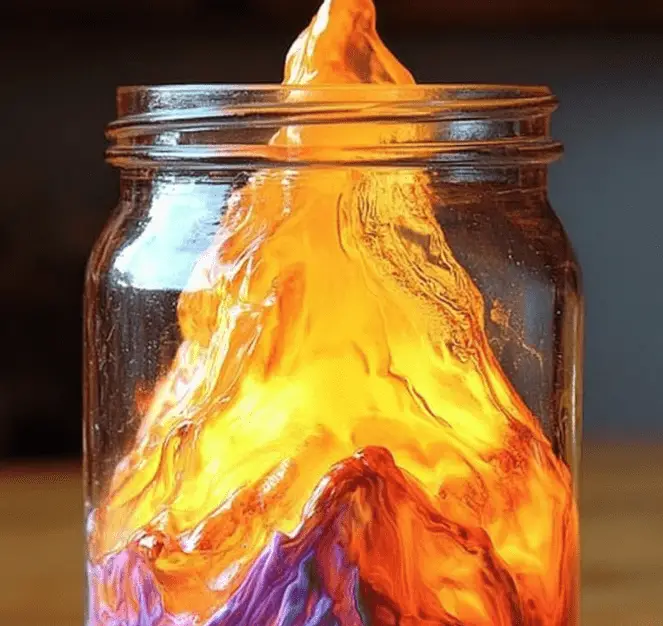
The Mini Volcano Science Experiment is an exciting, educational, and interactive activity that brings science to life for kids of all ages. With just a few simple ingredients, you can create a memorable eruption that teaches chemistry, encourages exploration, and delivers non-stop fun. Whether you’re conducting the experiment at home, in a classroom, or at an event, this project is guaranteed to spark joy and scientific curiosity.
Its simplicity, adaptability, and low cost make it a go-to activity for educators, caregivers, and parents seeking meaningful and fun ways to introduce kids to science. Plus, it provides a perfect entry point for expanding into other experiments and exploring the world of reactions, gases, and pressure.
For even more creative and educational activities like this, explore More DIY craft ideas and discover new ways to combine learning with play.
FAQ
Can I use apple cider vinegar instead of white vinegar?
Yes. Any type of vinegar will work, though white vinegar typically produces the clearest and most dramatic reaction.
Is dish soap necessary?
No, it’s optional. Dish soap simply makes the eruption foamier and more visually fun but is not required for the chemical reaction to occur.
What age is this experiment suitable for?
This activity is suitable for preschool-aged children and older, as long as there is adult supervision. Younger children can participate with guidance.
Can I make a themed volcano?
Yes. Decorate the outside of the jar with construction paper to create a “mountain” or use Halloween colors for a spooky effect.
How long does the eruption last?
The reaction typically lasts between 15 and 30 seconds but can be extended by adding more vinegar in small amounts after the initial eruption.

